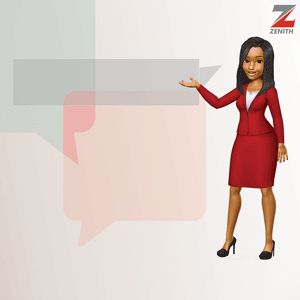African Development Bank lends $40 million to the Mozambique Rail and Port Authority to buy rolling stock for the Ressano Garcia railway line.
Project implementation will improve logistics and reduce the cost of transporting goods and products using cost-effective, efficient means benefiting from economies of scale.
Finance
Approval date: 31 January 2024
Project name: Mozambique - Portos e Caminhos de Ferro de
Moçambique EP (CFM)
Amount: The African Development Bank is making a $40-million
corporate loan to the state-owned enterprise Portos e Caminhos de Ferro de
Moçambique EP (CFM), the Mozambique rail and port authority, to help fund its
strategic plan for the period 2021-2024. The Bank also plans to mobilize an
additional $30 million for the project from other potential lenders.
Implementation period: 2024
Objectives
The project objective is to enable CFM to finance the
purchase of rolling stock (locomotives, wagons and tank containers) for its
main corridor, the Ressano Garcia railway line, which generates more than 90%
of rail traffic volume and comprises 70% of CFM's overall rail transport
volume.
Components
The operation includes the acquisition of 10 3000/3300
horsepower diesel-electric locomotives, 300 wagons, and 120 tank containers.
The funding will also cover a three-year maintenance programme for the
purchased locomotive and for training CFM maintenance staff.
Target area and population
The project will make
it possible to purchase rolling stock for CFM's main corridor, an 88-kilometre
line between the port of Maputo and the South African border.
Expected outcomes
Project implementation will improve logistics and reduce the cost of transporting goods and products using cost-effective, efficient means benefiting from economies of scale. It will lead to a paradigm shift that will improve the corridor's competitiveness and make it an economical logistics transport solution.
The project is expected to improve the access of households
to infrastructure through rail transport services. It will potentially reduce
congestion and journey times by two minutes per kilometre and will reduce road
fatalities by shifting road traffic to rail. It should also increase the number
of private companies using freight services and ports, reduce congestion and
logistics costs, and contribute to the overall competitiveness of companies
while generating links with the local economy through local procurement and
demand for other non-tradable services.
Project development outcomes will include trade
facilitation, job creation and skills transfer.
The project will also significantly increase foreign
earnings, which will grow from $225 million in 2022 to $360 million in 2036.
During this period, the project is expected to bring the government a
cumulative total of $1 billion in tax revenue.
It will strengthen intra-African trade and regional
integration by increasing capacity and the volume of goods transported from
neighbouring countries by the most efficient route, with Mozambique serving its
neighbouring countries of South Africa, Eswatini, Malawi, Zimbabwe, and Zambia,
providing them with a port for exporting their products and importing goods.
The project will achieve net carbon savings of 744,511
kilotonnes of CO2 over the period 2023-2035.
Beneficiaries
Local communities along the corridors, including women, will
have better access to markets to trade their goods and services.
Background
Strategically located in southern Africa, Mozambique is
arguably the main logistics gateway for countries in the region’s interior,
such as Zimbabwe, Zambia, Malawi and Eswatini.
The country's three main corridors offer relatively shorter
corridor options over road and rail networks for transporting freight from
neighbouring countries and providing access to world markets for exports and
imports.
The goods transported over these corridors are mainly raw
and processed materials, agricultural products, containerized freight, and bulk
liquids.
The Maputo corridor, where the rolling stock purchased under this project is to be deployed, is essentially used to export mineral commodities (such as bulk magnetite, ferrochrome, chromium ore and coal) from the mining belt of north-eastern South Africa through the port of Maputo, which provides the shortest seaport access.



.jpeg)
.jpeg)







0 comments:
Post a Comment